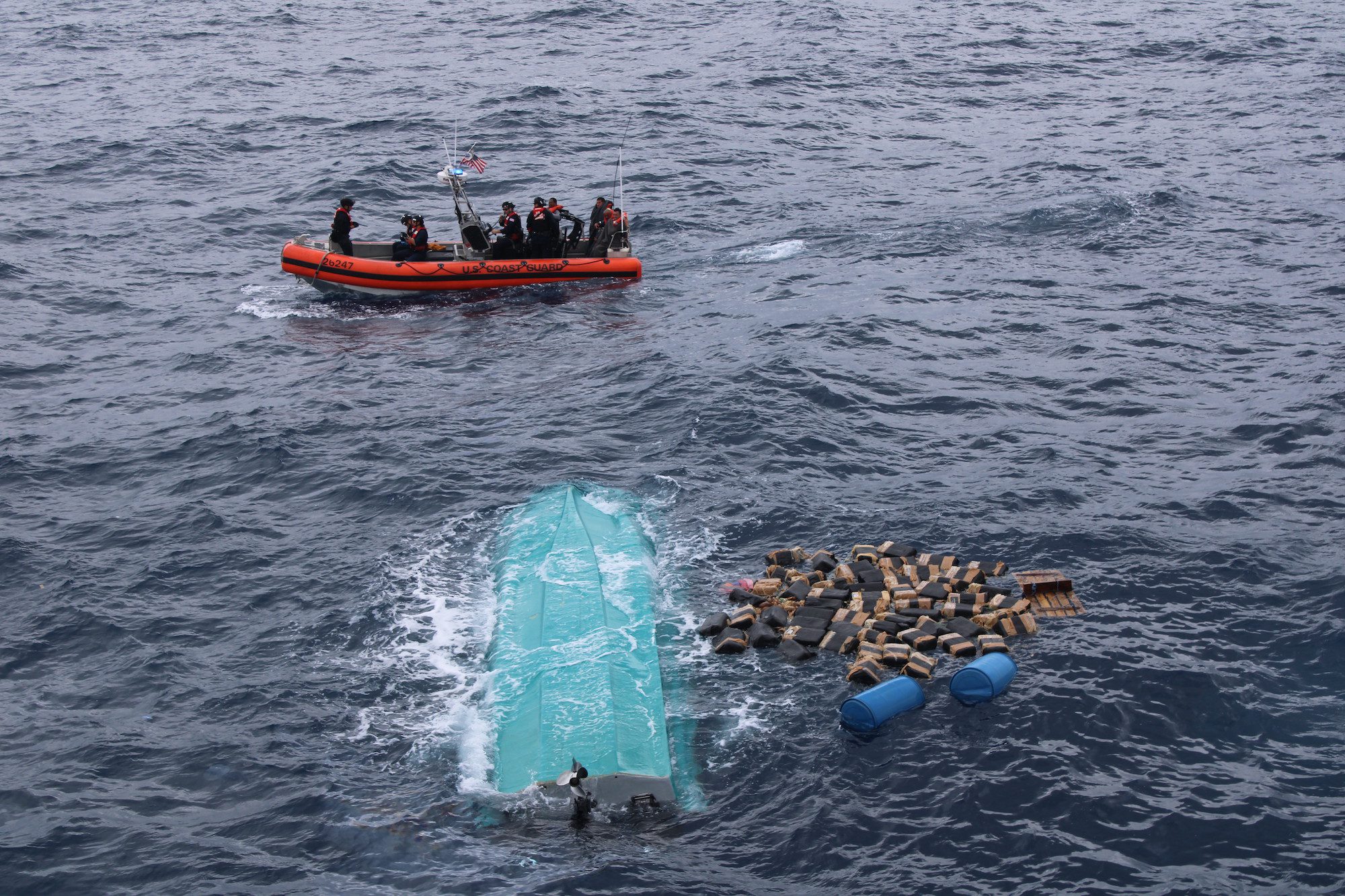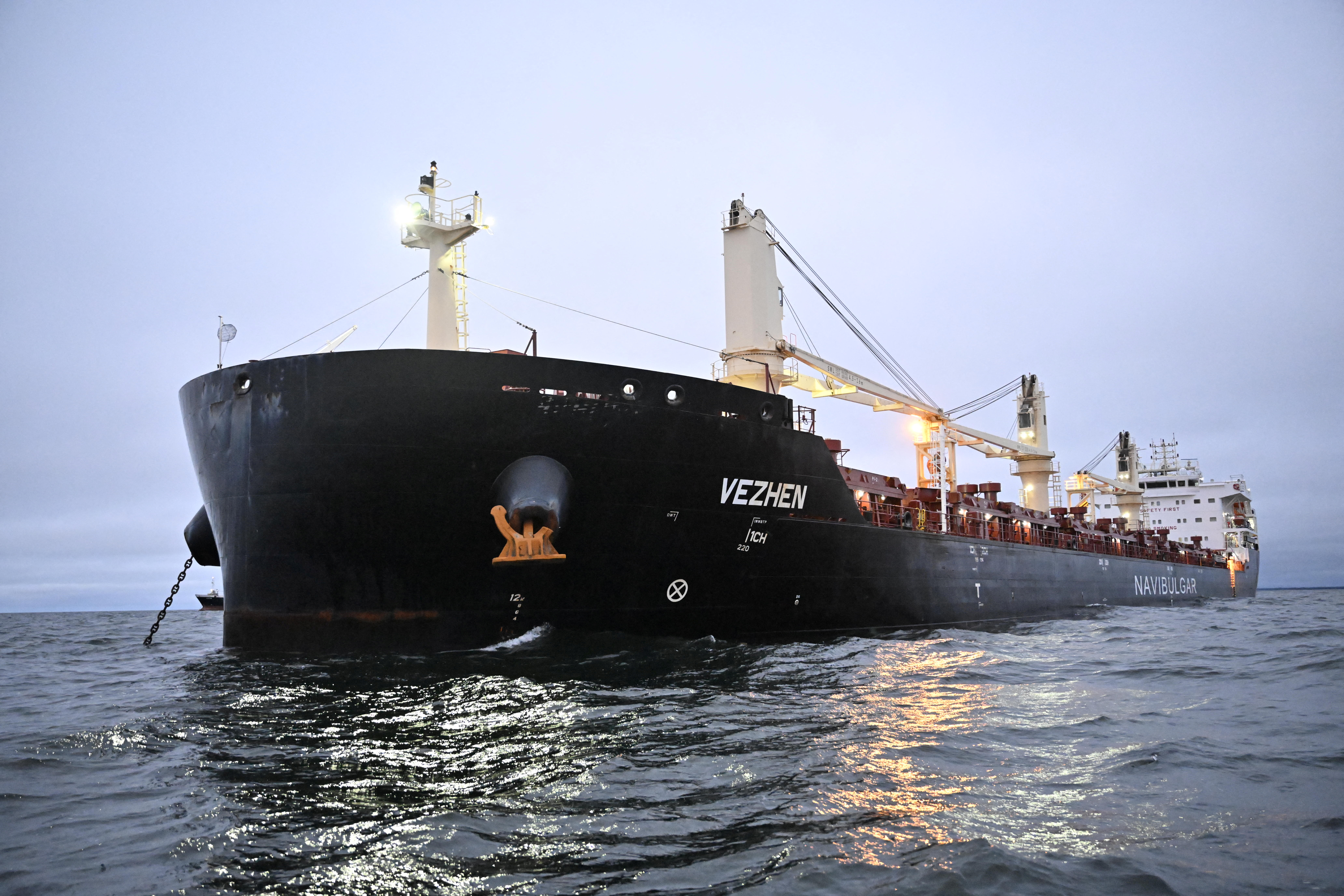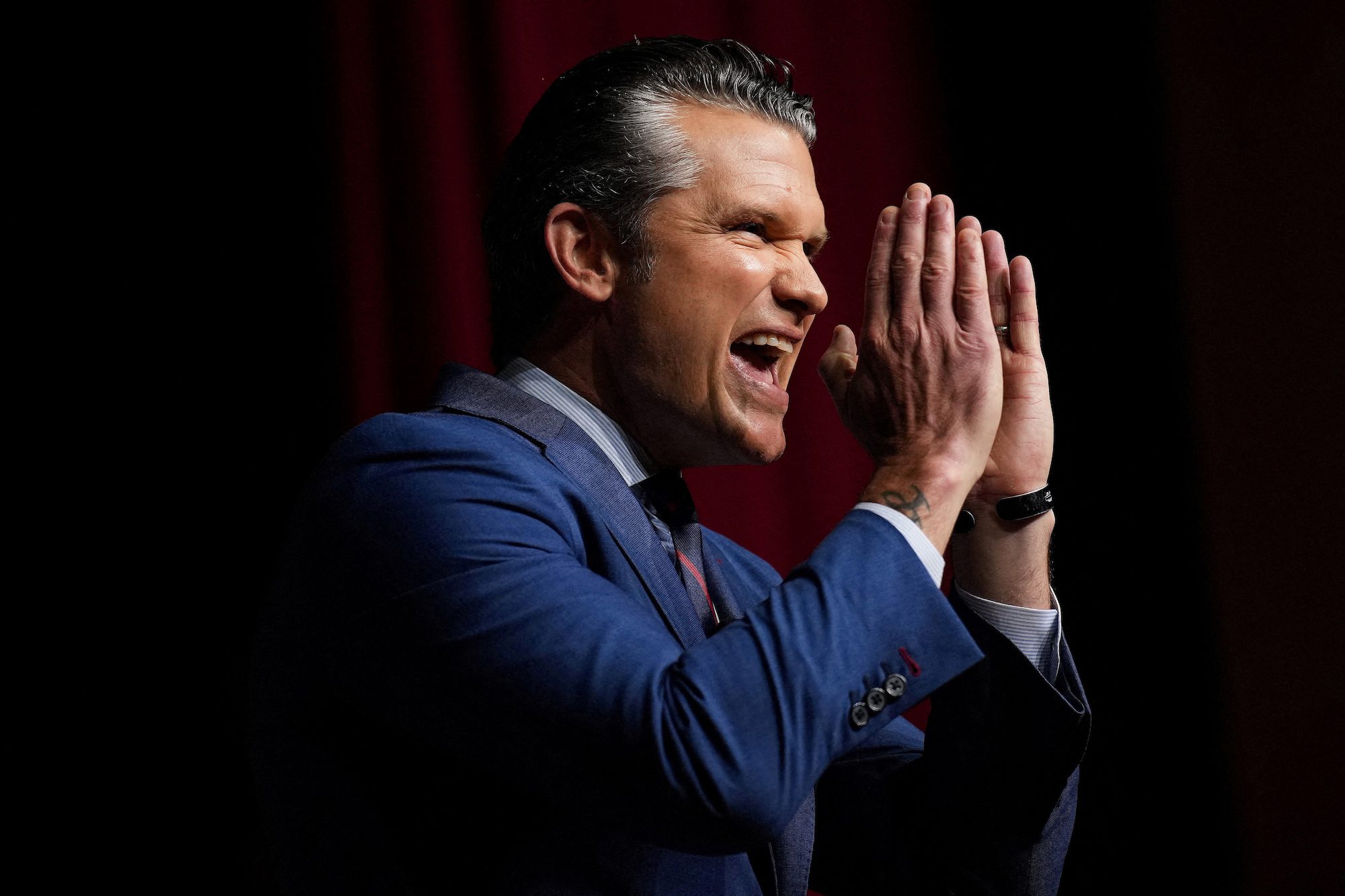By Sudhi Ranjan Sen
Dec 13, 2024 (Bloomberg) – India’s $6 billion plan to build submarines has stalled because of contractor complaints over whether proper procedures were followed during tests at sea, delaying the navy’s efforts to bolster its capabilities as China expands its presence in the Indian Ocean.
The South Asian nation’s bid to build six conventional diesel-electric subs is now delayed by a year and further delays are expected, according to two senior officials direct aware of the situation who asked not be identified because the information isn’t public.
The development is more than a setback to India’s efforts to upgrade its military: The project also represents a test of Prime Minister Narendra Modi’s new defense acquisition policy. That policy requires foreign manufacturers to partner and provide local firms with technology to build military hardware in India, the world’s largest weapons importer.
German defense manufacturer ThyssenKrupp Marine Systems, in partnership with India’s state shipyard Mazagon Dock Shipbuilders Ltd., and private shipbuilder Larsen & Toubro Ltd. with Spain’s Navantia SA, are competing for the project.
Mazagon shares tumbled more than 2% in India trading, extending losses that reached 4.4%, after news of the delay was reported. State-run shipbuilders including Garden Reach Shipbuilders & Engineers and Cochin Shipyard Ltd. also fell.
About a half-dozen objections were raised by local contractors as the navy came close to picking a winner following crucial field trials in June of some of the key technologies needed for the subs, the people said, without naming the companies involved. Each objection will need to be investigated before the process can proceed.
Complaints ranged from alleged violations of proper procedures to unclear guidance about how to conduct the sea trials, the people said. The nature and timing of the complaints raise questions about whether contractors are trying to stall the project because they fear losing out, the people added.
The Indian Navy and Mazagon didn’t respond to emails seeking comments.
“The field trial evaluation process is ongoing at the Ministry of Defense, it would be inappropriate for us to comment on it in any manner at this stage,” L&T said in response to an email seeking details about the objections raised.
India’s Ministry of Defense has formed a committee to evaluate both proposals and advise the government on a final decision, the people said.
Leading a country long dependent on Russian weapon systems, Modi not only wants to wean India’s reliance on imported hardware but also build up the nation’s ability to export weapons.
Nuclear-Powered Subs
There’s little doubt that India’s fleet is showing its age. Half of its conventional submarines — comprising about 16 Russian and German-made vessels — have undergone multiple upgrades and retrofits over the last three decades, but are now nearing the end of their productive lives.
The first of the six new submarines were scheduled to join the fleet by early next decade as the decommissioning of older Indian vessels gathered pace. India also plans to build two nuclear-powered submarines carrying conventional weapons.
A successful submarine construction program would also boost India’s appeal as an alternate low-cost manufacturing hub for weapon platforms just as demand for military hardware soars in Europe on the back of Russia’s war in Ukraine.
In addition, India has strengthened ties with several Western allies, including through the Quad bloc with the US, Australia and Japan, and is expected to play a key role in countering China’s presence in the Indo-Pacific.
Germany, Spain
German Chancellor Olaf Scholz and Spanish Prime Minister Pedro Sanchez visited India in quick succession in October, meetings in which defense issues — including Modi’s efforts to build up domestic capacity — featured prominently, according to readouts of the separate talks.
“Both sides committed to supporting strategic exports to India and encouraged co-development, co-production and joint research between the respective defence industries,” India and Germany said in a joint statement Oct. 25.
© 2024 Bloomberg L.P.

 Join The Club
Join The Club










